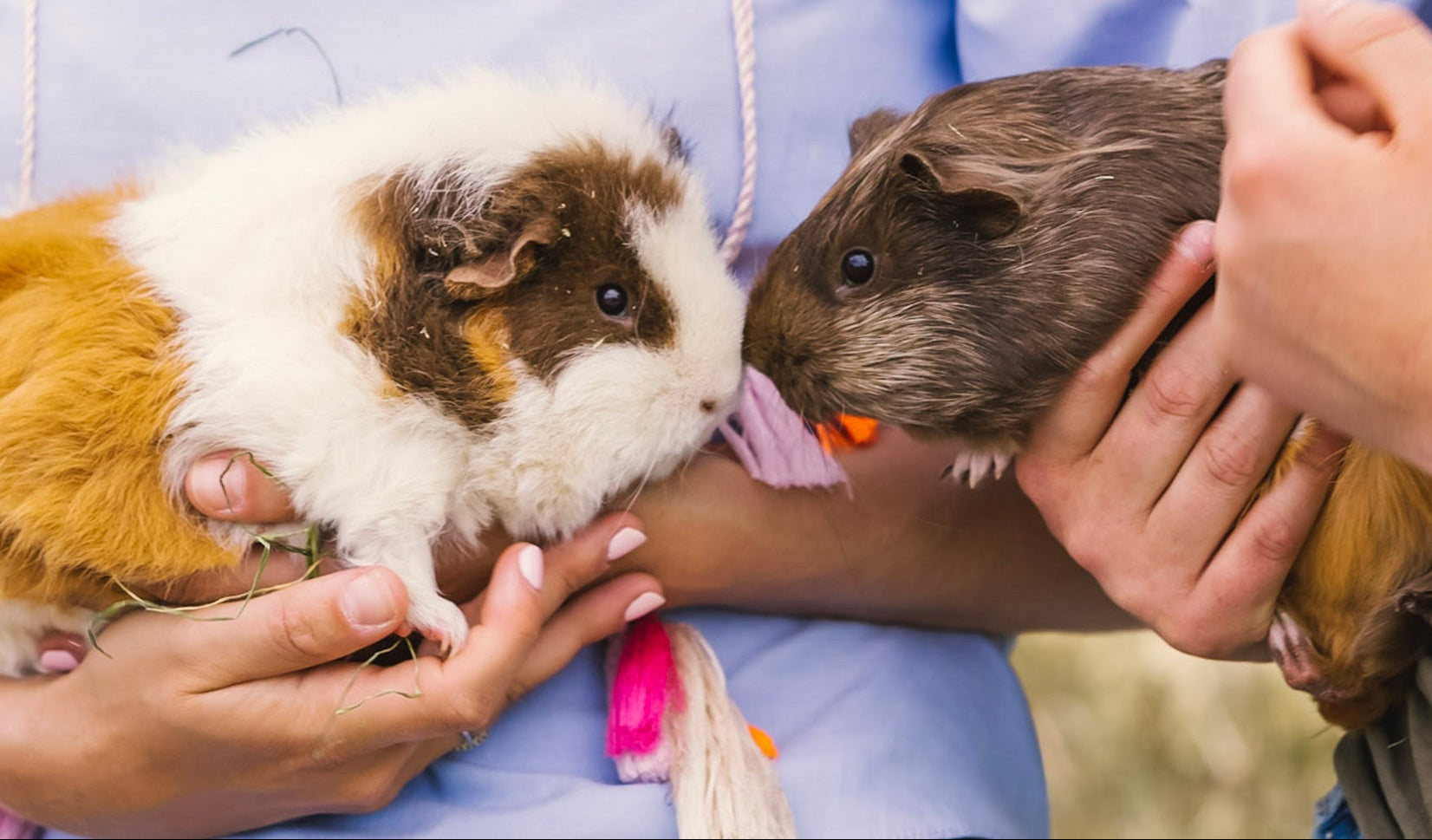🐇🐰 All about Rabbit Whiskers! ![]()
Rabbit whiskers have two main functions spatial awareness and allowing rabbit’s to investigate objects in front of them that are difficult for them to see. Rabbits can survive without whiskers, but their whiskers help keep them oriented in the world around them. Just like all other parts of a rabbit’s fascinating anatomy, their whiskers help complete their perspective on the world around them and foraging behaviors.
![]() The anatomy of rabbit whiskers.
The anatomy of rabbit whiskers.![]()
Whiskers, also called vibrissae, are a type of coarse hair that is found on many different types of animals. These hairs are set deep into the follicles on a rabbit’s skin, much deeper than the follicles for typical fur or hair. These special follicles also have extra sensitive nerves that are triggered whenever the rabbit’s whiskers move. They are also sensitive to very delicate touches.
Rabbit whiskers are arranged in a pattern along their lips and cheeks. There are also some additional whiskers along a rabbit’s eyelids. The whiskers near the front of a rabbit’s nose are very short and almost unnoticeable. The whiskers then get longer and longer toward the back of the rabbit’s cheeks. These whiskers will be as long or, in some cases, longer than the width of the rabbit’s body.
![]() The purpose of rabbit whiskers
The purpose of rabbit whiskers![]()
Rabbit’s whiskers are used to give a rabbit spatial awareness of their surroundings and to make up for blind spots that result from a rabbits peculiar eyesight and object recognition using the sensitive nerves located located in the hair follicles.
The varying lengths of their whiskers serve different functions for rabbits as they navigate their world through touch. They have whiskers on their lips, cheeks, and even above their eyes.
![]() To measure the space of an opening
To measure the space of an opening![]()
The longer whiskers along rabbit cheeks help a rabbit to understand the width of tunnels and spaces they can fit into. Because the whiskers are the width of a rabbit’s body, they play a role in keeping rabbits from getting stuck in holes and tunnels that may fit a rabbit’s head, but not their whole body. This inevitably helped rabbits in the wild as they navigated their burrows underground.
![]() To find objects near their nose and face
To find objects near their nose and face![]()
Rabbit eyes are located on the sides of their head. This means that they have a blind spot in front of their nose. Rabbit’s are also farsighted, a defense mechanism that allows rabbits to spot predators early, but makes it difficult for them to identify objects in front of them using sight.
Whiskers, and a rabbit’s great sense of smell, allow rabbits to easily locate objects that are nearby. The short whiskers on their lips and cheeks let rabbits identify objects by touch so they don’t have to rely on their eyesight.
![]() To provide some protection for their eyes
To provide some protection for their eyes![]()
The long whiskers over rabbit eyelids also give some very basic protection to their eyes. They can function like extra eyelashes, blocking some debris from getting into their eyes. They are not the most effective way for rabbits to protect their eyes, but since rabbits have an extra membrane to keep their eyes protected (called the third eyelid), their eyes are rarely bothered by external debris.
Rex rabbit whiskers are also usually weaker than other rabbits. It’s not too uncommon for their whiskers to fall out entirely, leaving you with a whisker-less rabbit. It’s also more common for the whiskers to accidentally fall.














